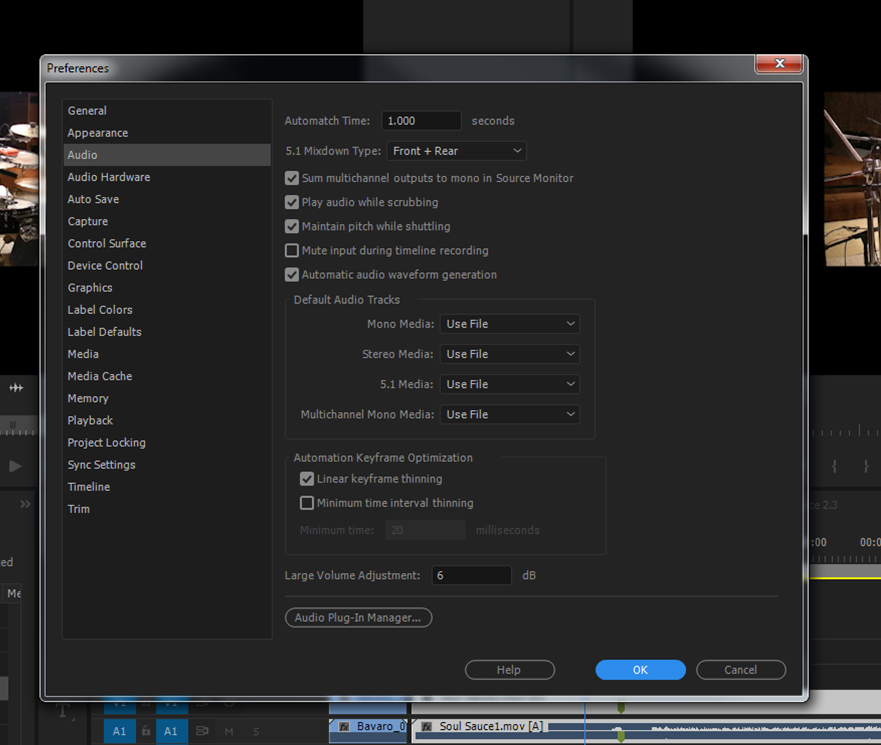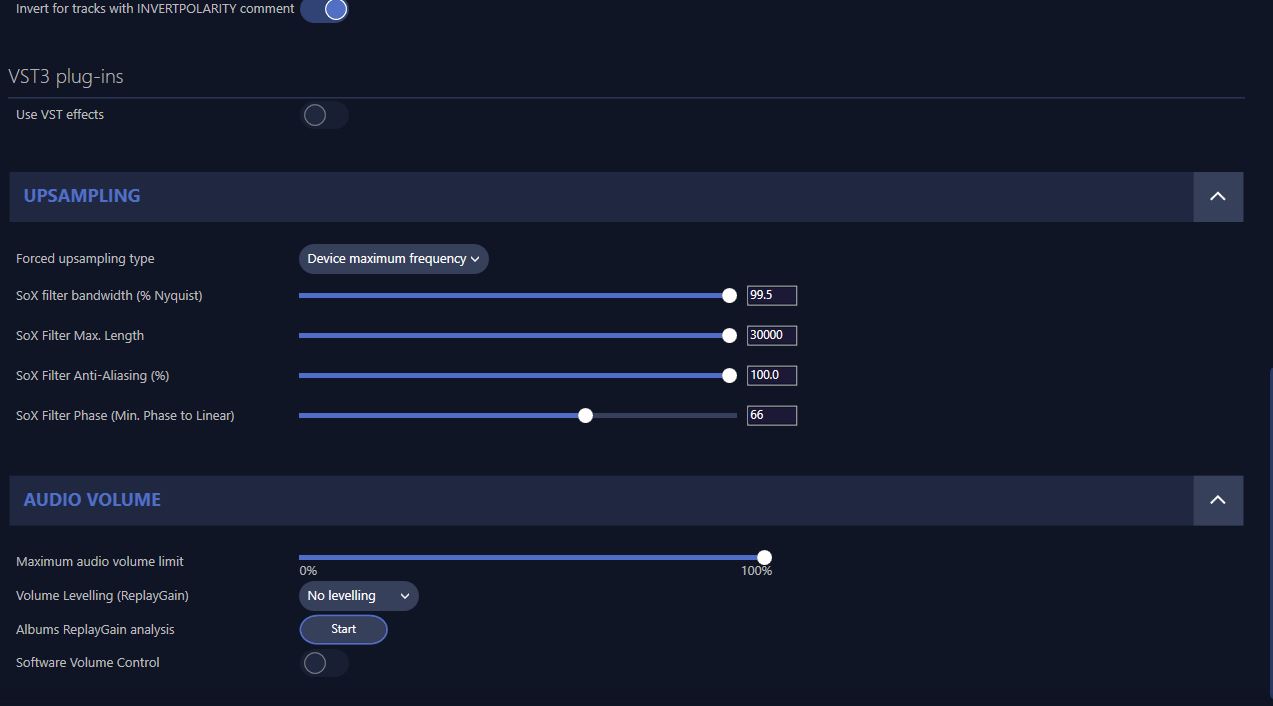

Note that Qobuz/Tidal/HRA won’t appear unless you connect your account in the settings a left sidebar, where you can find all your sources, local files/radios/podcast/Qobuz/Tidal/Hi-Res Audio.a top bar with a search console, sort/filter option, and a button to access the app settings.The main screen is divided into four different sections: Once installed, Audirvana behaves like every other music apps, or so. So, after all that talk, it’s time to get into the review. In fact, I even found out that, sadly, one of the albums I bought a few years ago in DSD, was just a simple oversample of the CD version… Shame! And for each file, the player was able to confirm it what I was hearing was, indeed, a true Hi-Res file, or not. I tried that on three files, an album that I personally ripped, an album bought on Qobuz, and a file that I upsampled, thanks to AIPM3 converter (MP3 256kbps -> FLAC 24bit/96kHz). Once you’ve done that, a new window appears and confirm if the file you’re listening to is a real Hi-Res file, or a scam (aka a fake Hi-Res file).
AUDIRVANA TARGET PLAYBACK VOLUME FULL
To access it, you have to switch from the full player to the mini player, and then click on the switch, located on the upper left-right. Obviously, the quirkiest feature of Audirvana is the IRCAM Amplify analyzer. If you forgot to quit the app on one machine, you’ll have to forcefully close it through the web interface. The app worked flawlessly on both systems, but you can only run one instance at a time.

Minimum requirements are OS X 10.13 or later on Mac, and Windows 10 64bits on PC. You’ll need a fairly recent version of each OS to run Audirvana on your computer.

Audirvana Studio is only available on Windows/macOS.


 0 kommentar(er)
0 kommentar(er)
